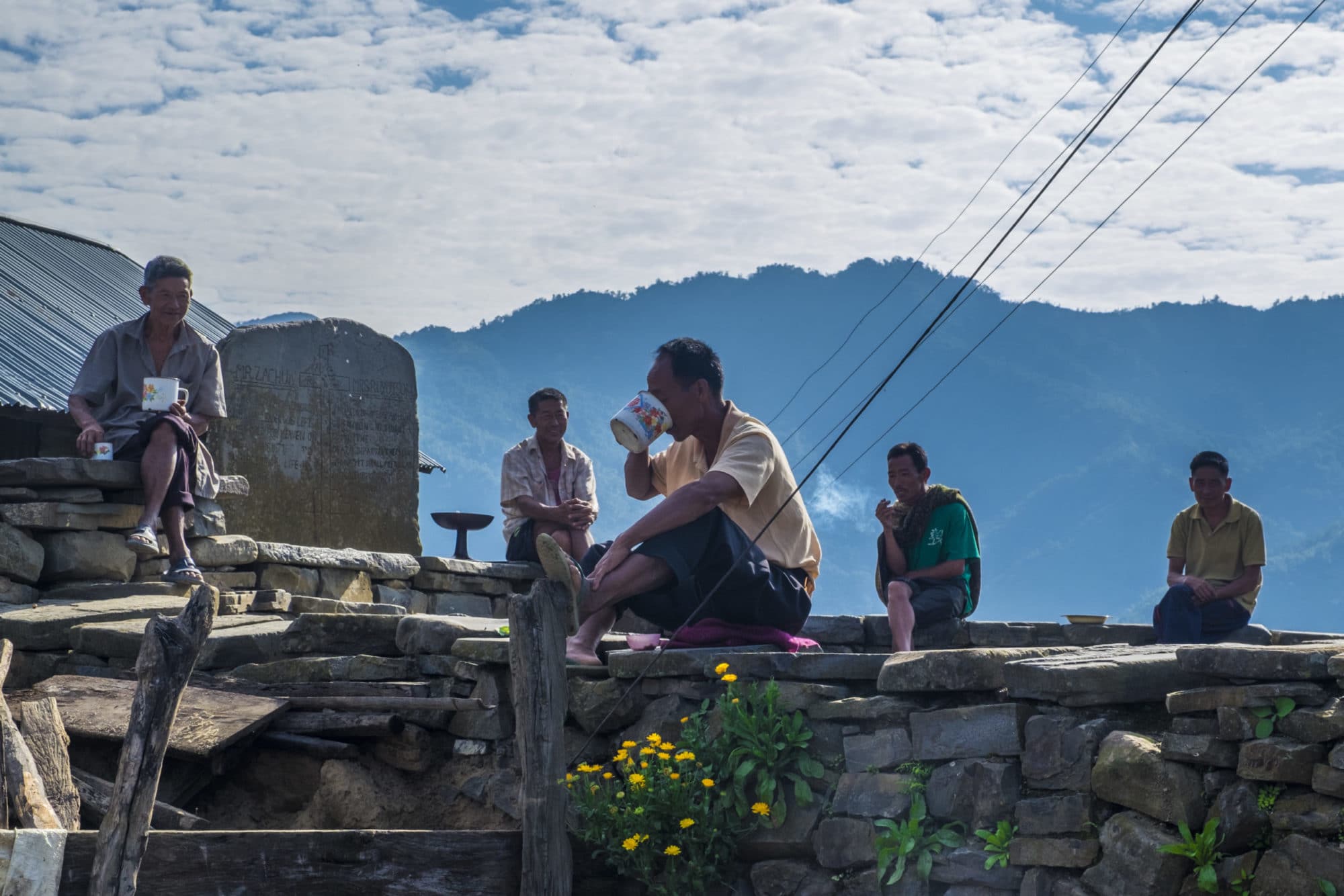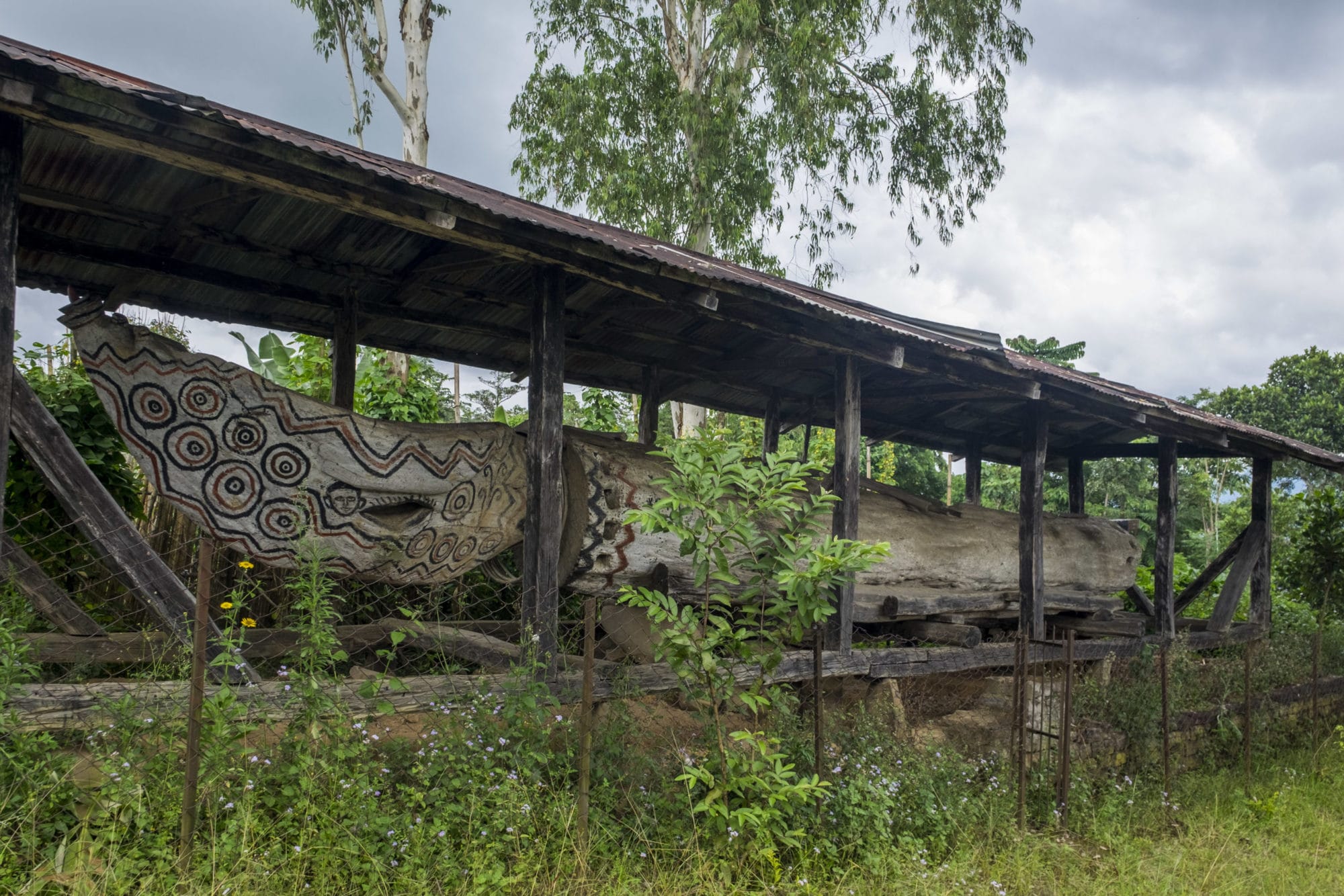I was stuffed. I had just eaten a massive plate of the yummiest fried duck with rice, bamboo shoots, and yellow lentils, made local Lotha style. There was boiled squash along with the meal, but after 10 days of boiled squash, I was ready for a different vegetable. The duck was soft and mildly spiced, as is most Naga food, where the flavour and essence of the main ingredient is allowed to shine through. We were in the caretaker’s house, in Riphyim village, in central Nagaland. Steve, the man we have come to meet, and a friend of our host, tells us that the Lothas make the best food in all of Nagaland. After this meal, and the one in the Wokha town sumo stand, I am inclined to believe him. We sit around warm and dimly lit kitchen, having eaten enough to feed the entire village and talk a little more about the region, known as the land of plenty. Steve has founded a local NGO, the Natural Nagas, and is working towards preservation of culture and heritage and conservation, and most importantly towards bringing back the abundant animals and birds that once lived in the surrounding forests. It’s an uphill task, the forests in Nagaland are devoid of birds and animals, having been hunted and eaten over time. As Steve jokes, ‘earlier we used to shoot with a gun, now I shoot with a canon; earlier we would shoot and eat, now I shoot and edit!’ With a hunting ban in some villages in districts, mostly instituted by the local councils, life in the forests is returning, slowly but surely.

We’ve been in Wokha a couple of days now, as guests of Steve. Doyang Lake, in the district, is where the Amur Falcons migrate to every year in the winter and we had come hoping to catch sight of them in all their glory. Unfortunately there had been some unseasonal rain and the falcons hadn’t arrived yet in the thousands. We were disappointed, but the beauty of the lake and the village we were at soon took care of that. Villages all around Nagaland are beautiful and Riphyim was no different. The little lanes, lined with flowers and shrubs, were neat and clean; at regular intervals there were dustbins made of bamboo stalk, and entire village was litter free. We were staying at Steve’s house, larger than most of the others, but fairly typical with a large kitchen that is the space for the family to gather. Everyone was friendly and curious, while many people came for the falcons in the winter, most didn’t stay in the village and wander like we did. We were perhaps the more curious and walked around engaging in conversation, sharing tea with others and the occasional bamboo glass of homemade rice beer.

Life in a Naga Village follows similar rhythms and patterns across the state. The day starts early, usually before 5am with the rising sun, and ends early. There is farming to be done, fields to take care of, animals to tend to, food to be cooked, homes to be organized and kids to send off to school. All done with smiles on their faces and time for chai and a chat to indulge the inquisitive and curious like us. The villagers, across the state mostly subsist on what they grow, which is rice, and vegetables and the livestock they own, including pigs, cows and chickens. Food is light and flavourful, devoid of the heavy Indian spices and thick gravies, where bamboo shoots and squash are as much a staple as rice and pork. Meals are a community activity, meant to be enjoyed with family or neighbours and it’s not uncommon to see men and women gathered in shared courtyards with their lunch. Many eat other animals, snakes and insects, though that practise is slowly fading away. By city standards they might seem poor and lacking, but life in a Naga village, while hard, is rich in family, good food, laughter and much togetherness. What they don’t grow or own, they barter or buy from a neighbour, and their lives are self contained and content.

Before we reached Wokha, we were in southern Nagaland in another village called Phusachodu in Phek district. Phek is home to the Chakesang Naga’s, who are different in their language, style of clothing worn during festivals and the front facade of their home, but are the same in their warm welcoming nature and friendly demeanour. For three days we stayed with a family in Phusachodu, one of the best three days we’d had during our travels. To say that Naga’s are nice is putting it mildly, they embody the essence of Asian hospitality and family bonding. We were made to feel a part of the family, eating with them in the kitchen that doubles up as a community space, helping around the house and with the drying of the paddy, talking to the old patriarch of the house and sharing cooking tips with the neighbours. We spent our time walking around, learning about the Chakesang tribe and their customs, some similar to the other Naga tribes and some different. Later in Wokha and again in Mon district we did pretty much the same, understanding, that despite their many differences, the Nagas are connected by their deep love for family and nature among other things.

Throughout our time in Nagaland we found ourselves in several villages. Living in villages, where traditions and customs are still alive ensures that you learn more about the history of a proud race, whose course was drastically altered by the coming of Christianity, WWII and subsequently globalization. But the villages, for perhaps another generation tell the story of an interesting and unique people. In the Chakesang and Angami villages you can see the traditional homes with the wooden cross beams in front; in the Konyak villages the last of the tattooed head hunters hang out in the Morung, happy to share their stories of battle; and in the Ao villages there are massive log drums with detailed carvings that were once used to warn of impending trouble. While the Ao tribe was the first to embrace Christianity, many of their villages still retain old traditions, so as not to forget their roots. In Mongsenyimti village for example, we saw a large oddly shaped rock, now cordoned off and a point of interest, which was once worshiped before they left for battle, an important tradition from the past. The Ao’s have also perfected the art of smoking and fermenting yam leaves and popularising the famous black curry dish called Anishi, usually with pork or other meat in it. And deep in Wokha district, home to the Lotha tribe, is the revered Mt Tiyi, a three peak hill believed to be the abode of departed souls of all Nagas. According to local Lotha legend, the mountain which is covered in rhododendrons has an orchard that can only be found by the lucky ones.

Life in a Naga Village is simple and just what the wandering explorer in us needed. Regardless of which village we were and which tribe we were learning new things from, we ate well, slept soundly, and rejuvenated ourselves before getting into a sumo taxi stuffed with smiley locals and their beetle nut stained teeth to drive over bumpy roads to the next village.
Some Useful Information:
Villages across Nagaland offer unique opportunities to experience Naga life and culture and we would highly recommend staying in a couple to really soak in the state. Village stays can be planned in advance or once you are in Kohima. Rohan at Indiatrail or Nino at Explore Nagaland can help organise village stays.

Absolutely loved the piece. Bilkul my kind of travel and my kind of stories.
Thanks for sharing.
Cheers,
Rajiv
Thanks Rajiv, glad you liked it If this is your kind of travel make sure you visit Nagaland.. it will be your kind of place
I am sure it is, I have been there going again soon 🙂
Well written and beautiful pictures. i especially loved the one of Ambika chasing the children.
Haha thanks Manju 🙂